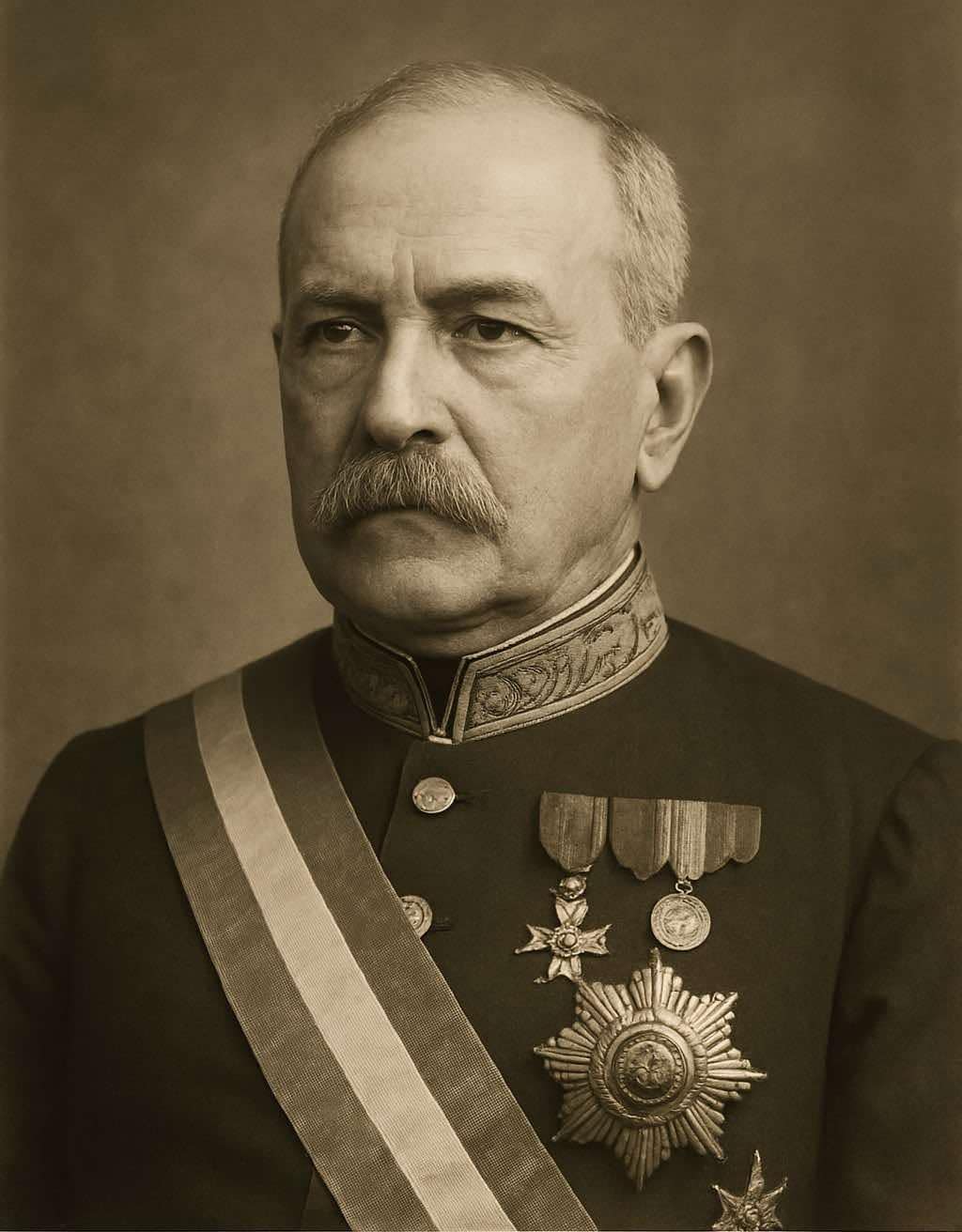Antonio I
Emperor
Antonio was the Grand Duke of Central America from 1921 until 1925, where he became King of Catrachia. Antonio had for a great portion of of his life, Antonio had been disillusioned with the reliance on the Kingdom of America.
Antonio came to the throne of Central America at a state of uncertainty for the nation. At the end of the Great War, Central America retained the stigma of being an American puppet nation, having been compelled to sign the pact of neutrality during the Congress of Columbia. Antonio, despite agreeing with neutrality, believed it should have been agreed upon by Central America instead of by America.
When the Economic Panic of 1922 arrived in Central America, Antonio campaigned hard on demands for the Nicaragua Canal to be returned to Central America. King Edward III denied the demands, souring relations between the two nations further. Antonio and Edward both had hoped their familial relationship would prove to be pivotal, them being second cousins, but were mistaken.
The relation we share is of equal, perhaps greater, distance than between our perspective nations.Grand Duke Antonio I
At the ascension of James I as King of America, Antonio had hoped for one last attempt at diplomacy. However, James proved to be indecisive in his youth and inexperience, and so Antonio began to make military reforms. He met with the President of Guatemala, offering to make him Prime Minister of a new established kingdom in the region, as well as accepting the claims on British Honduras. The President agreed, and Central America annexed Guatemala. Antonio declared himself king of a new Catrachia, named after the nickname given to Hondurans, in 1925.
Antonio began open diplomatic relations with Gran Colombia, who had long been wary of America's hegemony in the New World. The two nations never agreed on government approaches, but Colombia agreed to aid Catrachia should either America or Great Britain begin a war against Antonio. With a defensive alliance secured, Antonio looked north against the Republic of Mexico for the region of Chiapas. After successfully conquering the state in the Chiapas War, he moved to recognize the United Mexican States as the legitimate government of Mexico.
Antonio formed a defensive alliance with the UMS, The Republic of Mexico attempted a military build up, causing its neighbors to do the same. America under James attempted to quell the situation, but all three states had grown tired of American intervention in Mexican affairs. Antonio implemented reforms to more similarly align with the UMS governing system, believing doing so would make the UMS easier to annex and incorporate.
Bismarck united the German states. I shall unite the Mexican states.King Antonio I
In the elections of 1932 in the UMS, the elected president was assassinated shortly after taking office. Though it was later rumored Antonio helped facilitate it, the Republic was blamed, and war was declared. Antonio entered the war, convincing the government-less UMS to give him supreme control of the military. Antonio successfully campaigned, and, in 1934, enter Mexico City victoriously. There, he declared the dissolution of the Republic, and the formation of the new Second Mexican Empire, with himself as Emperor. Still lacking a stable government, the UMS was forced to have a referendum, wherein the majority voted to join the empire as well.
Tensions between Mexico and America eased when James looked to Antonio to join the new Pan-American Confederation. Antonio stipulated he would agree on the terms of joint ownership of the Nicaragua Canal and the support on territorial claims of Belize. America initially declined this, but when the Battle of Guam destroyed an American carrier strike group, they agreed. Mexico then joined the World War, invading and annexing Belize, later using it for naval operations in the Caribbean, and working to support the invasion of Europe.
Social
Reign
Preceded by: Miguel I
Succeeded by: Office abolished
As King of Catrachia: 1925 - 1934
Preceded by: Office established
Succeeded by: Office abolished
As Emperor of Mexico: 1934 - 1955
Preceded by: Miguel I
Succeeded by:
Family Ties




Comments